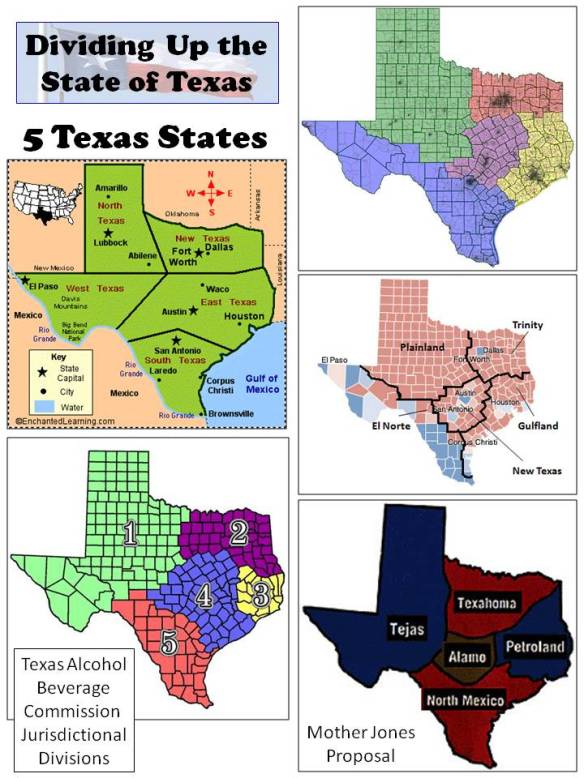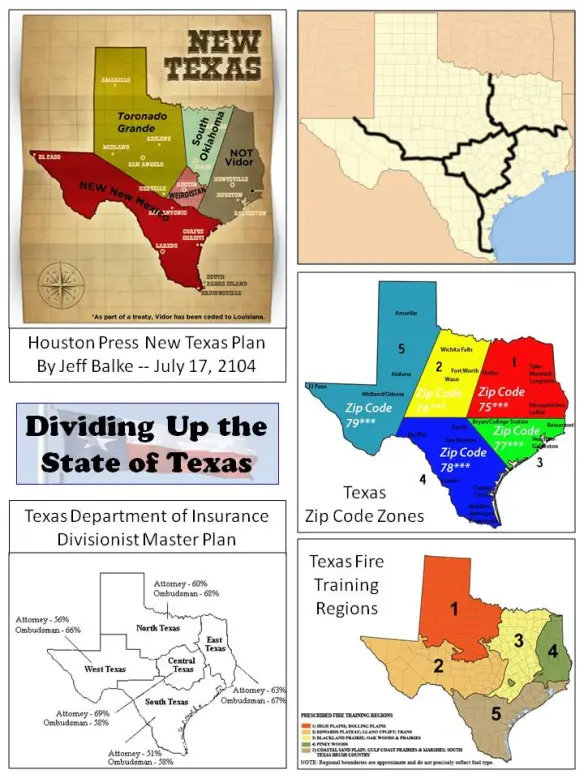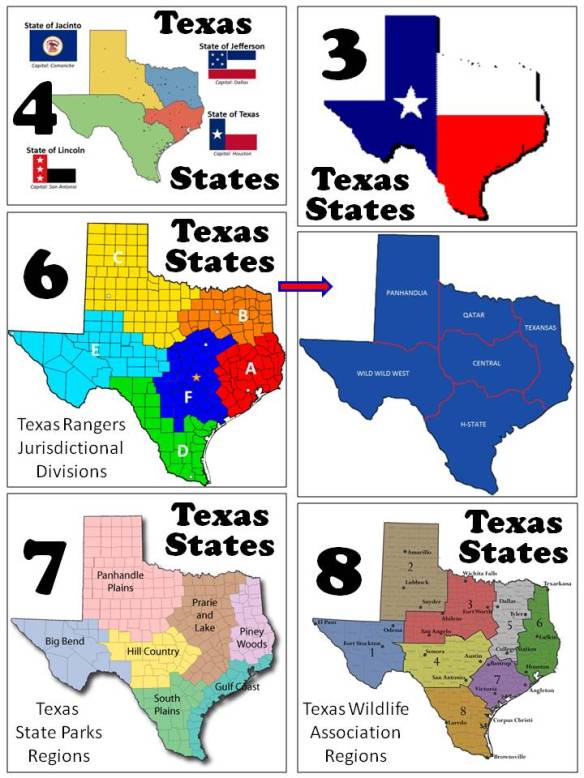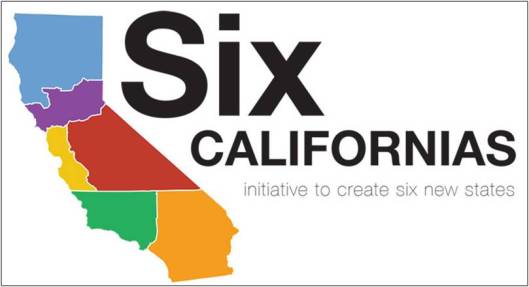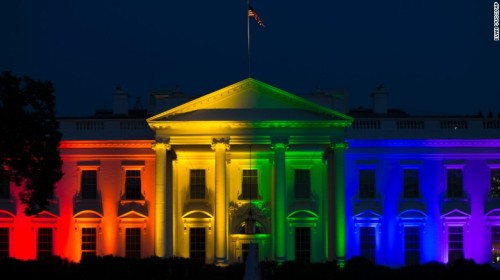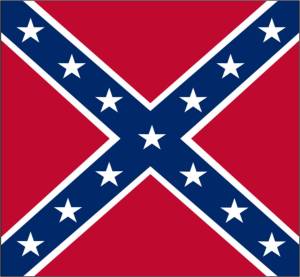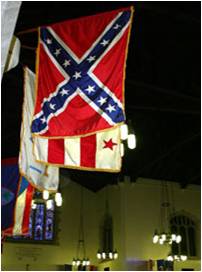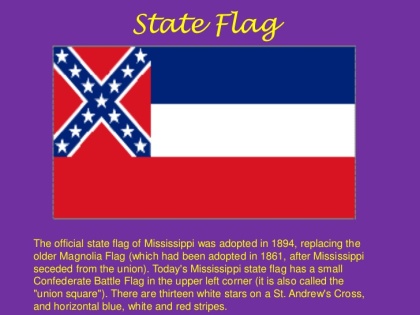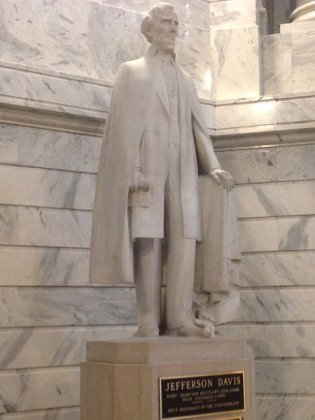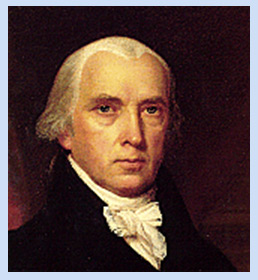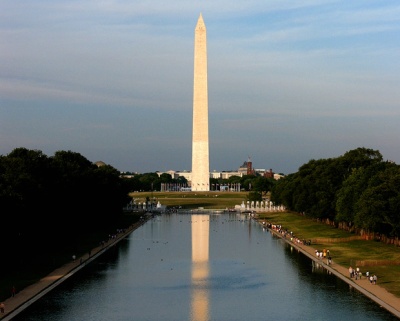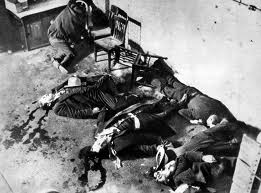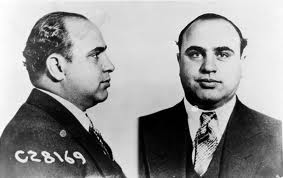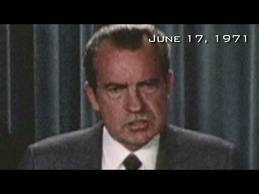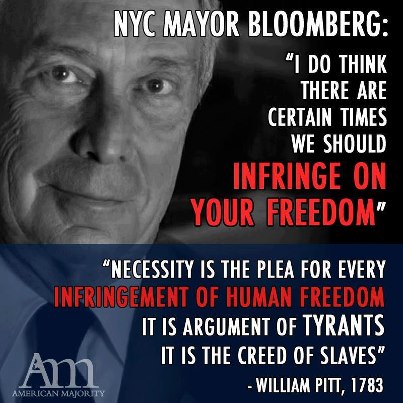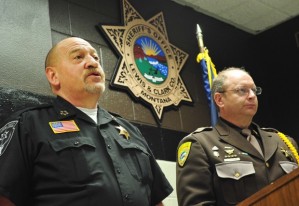.
My earlier post here “Dispelling the Myth that More Guns = More Murders” …
https://freelegaladvice.wordpress.com/2013/01/14/dispelling-the-myth-that-more-guns-more-murders/
… generated considerable discussion among my West Point classmates. One of them, John Douglas, is also an attorney with whom, on political issues, I more often than not agree. On this subject, however, he disagrees with both my interpretation of the language of the 2nd Amendment to the U.S. Constitution … discussed in detail at …
https://freelegaladvice.wordpress.com/2012/12/29/what-now-for-the-second-amendment-gun-control/
… and my position on gun control.
.
The “plain language” of the 2nd Amendment
In response to my comment that proponents of gun control demonstrate an “inability or unwillingness to read and comprehend the plain language of the 2nd Amendment”, John replied:
… the 2d Amendment has a contradictory construction, a tortured legal history and is notably devoid of “plain language.” The Amendment (in the version ratified by the States) reads, “A well regulated militia being necessary to the security of a free state, the right of the people to keep and bear arms shall not be infringed.” According to gun rights advocates, this Amendment that speaks so highly of regulation clearly prohibits regulation of guns. Hmmm. Whatever it might have meant back then or should mean now, “the” meaning is hardly “plain”.
As I have said previously, I believe that the introductory clause to the 2nd Amendment is just that — an introduction which explains the reason for the right which is protected in the second clause, “the right to bear arms”. The fact that the introduction refers to a “well-regulated militia” implies regulation of the militia (that is, the body of non-military citizens who can be organized, if necessary, for military service), not a limitation on the rights of the individuals who comprise that militia.
I replied to John:
In any event, the “tortured” historical interpretation of the 2nd Amendment came to be only because representatives of the government contorted what is, on its face, clear and unequivocal, so as to make it possible for the government to impose controls which would otherwise have been impermissible.
A detailed explanation of my “plain language” interpretation of the amendment is here:
https://freelegaladvice.wordpress.com/2013/01/04/more-on-the-2nd-amendment-and-gun-control/
John then responded:
I don’t think the tortured history of the Second Amendment is due to ‘contortions by representatives of the government’, but is rather due almost entirely to the amendment’s obtuse wording. I’m told the former headquarters of the NRA had on the side of the building: ‘THE RIGHT OF THE PEOPLE TO KEEP AND BEAR ARMS SHALL NOT BE INFRINGED.’ That is, of course, only half the amendment. So far as the NRA and like-minded folk were (and mostly are) concerned, that’s the whole amendment. Except it isn’t.
The next most important factors in the tortured history would be the historical evolution of gun ownership in the US and the role of gov’t here. In our early years, the federal gov’t’s role with guns was not particularly controversial. Early on it mandated musket ownership by all military age males AND regulated that (by requiring regular musters for inspections of the muskets & registration of the same). Despite what some now argue about prohibitions on regulations on ownership, our Founding Fathers actually altogether prohibited some classes of people from owning guns (such as slaves and even white males who refused to swear allegiance to the country). We have had many changing alliances and understandings regarding the roles of guns in our society (particularly those that followed the upheaval of the Civil War), which have accompanied the evolving and multifaceted interpretations of the 2d Amend. The short of it is that neither the wording of the Second Amendment nor the varying historical understandings of it are ‘plain’ or simple.
1792 Militia Act: It is true that in 1792, Congress passed a law essentially requiring, with some exceptions, all able-bodied white male citizens and residents between the ages of 18 and 45 to acquire and maintain a musket, related supplies and other military equipment. This law was poorly and unevenly enforced and did not, in fact, prohibit ownership of guns by slaves; it simply did not require them to have guns. Restrictions on gun ownership by slaves were imposed in the slave-owning states, but not by federal law. Of course, under the constitution, slaves were not considered citizens (or even “whole” people, counting as they did under the constitution as only “three-fifths” of a person each), so would not have been covered by the 1792 militia act in any event.
Commentary by St. George Tucker: A good indication of what the 2nd Amendment “plainly” meant can be ascertained from the early legal commentaries on the subject. The earliest known such commentary was written in 1803 by St. George Tucker, whose annotated five volume edition of Blackstone’s Commentaries on the Laws of England contained the observation that the right to bear arms under the Second Amendment was not subject to the restrictions that were part of English law:
The right of the people to keep and bear arms shall not be infringed … and this without any qualification as to their condition or degree, as is the case in the British government ….” (emphasis added)
Tucker went on to express the hope that Americans “… never cease to regard the right of keeping and bearing arms as the surest pledge of their liberty.”
Commentary by William Rawle: In 1825, William Rawle, in A View of the Constitution of the United States of America, characterized the second clause of the Second Amendment as a general prohibition against government control of private gun ownership, saying:
No clause could by any rule of construction be conceived to give to congress a power to disarm the people. Such a flagitious attempt could only be made under some general pretence by a state legislature. But if in any blind pursuit of inordinate power, either should attempt it, this amendment may be appealed to as a restraint on both.
Rawle’s comment is particularly interesting in its suggestion that the 2nd Amendment could be relied upon to restrain state laws infringing on the right to bear arms. This comment presaged the limitation on state power ultimately included in the due process clause of the 14th Amendment, which was not passed until 43 years later. Section 1 of the 14th Amendment provides in part, “… nor shall any State deprive any person of life, liberty, or property, without due process of law”.
Commentary by Joseph Story: In 1833, Joseph Story published his Commentaries on the Constitution. As expressed in those “commentaries”, his view the meaning of the Amendment was clear (and “plain”):
The importance of this article will scarcely be doubted by any persons, who have duly reflected upon the subject. The militia is the natural defence of a free country against sudden foreign invasions, domestic insurrections, and domestic usurpations of power by rulers. It is against sound policy for a free people to keep up large military establishments and standing armies in time of peace, both from the enormous expenses, with which they are attended, and the facile means, which they afford to ambitious and unprincipled rulers, to subvert the government, or trample upon the rights of the people. The right of the citizens to keep and bear arms has justly been considered, as the palladium of the liberties of a republic; since it offers a strong moral check against the usurpation and arbitrary power of rulers; and will generally, even if these are successful in the first instance, enable the people to resist and triumph over them. (emphasis added)
In short, one of the primary purposes of the 2nd Amendment was to enable the people to protect themselves, if necessary, against the government. That objective can hardly be accomplished if the government has the power to constitutionally infringe on the right of those same people to bear the arms needed for that very protection.
It was not, in fact, until after the American Civil War and on into the 19th century that legal scholars and commentary began to call into question whether the 2nd Amendment provided an individual right to bear arms or merely a “collective” right of the people to maintain an armed militia.
And that question, of course, was finally answered by the U.S. Supreme Court in its 2008 decision in District of Columbia v. Heller, 554 U.S. 570 (2008), the full text of which can be seen here:
http://www.law.cornell.edu/supct/search/display.html?terms=heller&url=/supct/html/07-290.ZS.html
In this decision, the Supreme Court held that the 2nd Amendment does protect an individual right to possess firearms unconnected with service in a militia; that such weapons may be used for “traditionally lawful purposes”, such as self-defense; that the first clause of the 2nd Amendment “announces a purpose”, but does not limit the second and operative clause of the amendment; and that the text and history of the phrase “the right of the people to keep and bear arms shall not be infringed” indicates “an individual right to keep and bear arms”.
.
The effects of gun control
John Douglas also took exception to my discussion of the statistical evidence regarding the effects of gun control, saying:
I am also immediately turned off when a gun rights advocate attacks statistics on the effects of gun control with the ‘there is no evidence’ chain of reasoning. One of the reasons we have limited evidence on the effects of gun possession in the US is the NRA’s successful stifling of research in the area – and, indeed, in the very collection of data upon which research might be done. At the peak of gun violence in the early 90s, research results were released showing the higher death rates in homes with guns. (emphasis added)
John then cited two studies funded by the Centers for Disease Control in support of that conclusion, studies the results of which are available at:
http://www.nejm.org/doi/full/10.1056/NEJM199310073291506#t=article
and
http://www.nejm.org/doi/full/10.1056/NEJM199208133270705
The first of these studies addressed homicides in three American counties (Shelby County, TN; King County, WA; and Cuyahoga County, OH) during the years 1987 through 1992. This study notes that more than 24,000 homicides were being committed across the country every year, indicating that approximately 120,000 homicides were committed during the five years addressed by the study. However, the study actually considered just 420 homicides, or roughly 1/3 of 1% of the total U.S. homicides committed during those years.
Regarding the 420 homicides that were considered, the study noted:
Two hundred nine victims (49.8 percent) died from gunshot wounds. A knife or some other sharp instrument was used to kill 111 victims (26.4 percent). The remaining victims were either bludgeoned (11.7 percent), strangled (6.4 percent), or killed by other means (5.7 percent).
The study ultimately concluded that there was an increased risk of homicide in the home if guns were present (though it is readily apparent that even without guns, if people wanted to kill other people in their homes, there were a variety of other effective means available for that purpose). However, the study also concluded that there were other factors which were “strongly and independently associated with an increased risk of homicide in the home”, including rental rather than ownership, living alone, previous violence in the home, previous arrest of any resident of the home and drug use in the home.
In fact, four of these five other factors were found to have created a greater increased risk of homicide in the home than did the presence of guns. Use of drugs created an increased risk of homicide that was more than double that of the presence of guns in the home; previous violence and living in a rental home each created a risk of homicide in the home 63% greater than the presence of guns; and living alone created a risk of homicide in the home 37% greater than the presence of guns. The only characteristic that created a lesser increased risk of homicide in the home than the presence of guns was the prior arrest of a resident in the home.
The sample in this study was so small as to be virtually meaningless in the big picture of gun violence and control. Nevertheless, if taken at face value, it indicates that it is more important, in terms of reducing homicide in the home, to control drug use and violence in the home than it is to control the presence of guns. In fact, if governmental policy is to be based on this type of statistical analysis, it would also appear to be more important to prohibit people from living alone or renting homes than it is to control the presence of guns.
In other words, this study isn’t very helpful in determining whether or not increased gun controls are useful in preventing homicides in the home or generally.
The second of the two studies John cited addressed 554 in-home suicides in two counties (Shelby County, TN, and King County, WA) over a 32 month period from 1987 to 1990. Of these suicides, approximately 58% were committed using firearms.
While this study found an increased risk of suicide based on a gun being kept in the home, four other factors were found to have an even higher correlation to increased risk of suicide than the presence of a gun. Use of prescribed psychotropic medication created an increased suicide risk 7.5 times that created by the presence of a gun; previous hospitalization for alcohol use more than three times; use of drugs more than double; and living alone slightly higher than the presence of a gun in the home. Even failing to graduate from high school had a correlation to an increased risk of suicide that was almost equal to that created by the presence of a gun in the home.
In short, this study is even less useful than the other in determining whether or not greater government control of guns would be appropriate or effective at achieving the desired goals of gun control.
.
A straw man argument?
John also took exception to my discussion on another ground:
Finally, and perhaps most egregiously, you set up a straw man argument and, not surprisingly, defeat it, when you claim that gun control advocates are asserting that an increase in the number of guns – irrespective of all other variables – leads to an increase in crimes, especially murder.
To which I say, anyone who contends that reducing the number of guns in the possession of law-abiding citizens will reduce violent crime and murder is also necessarily claiming that an increase in the number of guns will have the opposite effect. If you don’t contend that reducing the number of guns in the possession of law-abiding citizens will reduce violent crime and murder, then what is the purpose of imposing new laws and regulations designed to accomplish that goal?
John added:
I’m sure there are a few ill-informed fringe gun control advocates who think that way, but no reasonable proponents do. We all have to recognize that violence levels have many causes.
And to that I say, exactly. And that is in fact the primary point of my opposition to the reflexive response of so many that simply imposing stricter gun controls will substantially reduce or even eliminate violent crime. Interestingly, the two studies cited by John above actually support the conclusion that there are other factors which are much more important, at least with respect to deaths in the home, whether homicides or suicides, than the mere presence in the home of firearms.
John also disagreed with the statistical analysis I presented in “Dispelling the Myth …”, suggesting that the best comparison regarding prevalence of guns and murder rates is not between the U.S. and countries such as Mexico and Honduras, but “comparable” countries like Canada (even though Canadians have no rights comparable to those granted to Americans by the 2nd Amendment). He notes that Canada is 31st in “homicide rate” (below the U.S., which is 14th), while the U.S. has a homicide per 1000 guns rate that is 7 times that of Canada.
And yet, the overall homicide rate in the U.S. (4.8 per 100,000 people in 2010) is just 3 times that of Canada; meaning, of course, that Canadians are easily finding other ways, in the absence of ready access to guns, to kill each other. Just as Americans would if they did not have access to guns.
There are other considerations which must be accounted for in any comparison between the American and Canadian gun-related and overall homicide rates. For example, while it is true that the homicide rate is higher in the U.S., the overall difference in the rate of violent crimes, including homicides, has decreased, as the rate of violent crimes dropped faster in the U.S., during the 1990’s and 2000’s, than it did in Canada.
Other factors have a significant impact on the relative homicide rates for reasons that are largely unrelated to access to or possession of guns. The U.S. has more cities with large, concentrated populations, and cities almost invariably have higher murder rates than rural areas, even in countries with strict gun controls and relatively rare private gun ownership. The U.S. also has substantially more and a higher rate of both gang activity and drug related crime than does Canada; each of these criminal activities contribute disproportionately to the rate of gun-related homicides.
Elimination of the “insane war on drugs” and adoption of social policies designed to reduce gang activity would each do more to reduce the “gun-related” homicide rate in the U.S. than any of the proposed “gun control” measures.
.
Conclusion
John wrapped up his comments by saying:
As for the effects of gun control, I harbor no illusions that implementing even draconian restrictions would quickly alter our level of gun violence, since we are awash in guns and it would take decades to ‘drain the swamp’. The modest restrictions on gun ownership that have been implemented here and there in the past, and that are likely in the future here, are mostly band-aids on a large open wound and will have at most a modest effect on gun violence. To me, that’s sad, but that is the political reality.
However, despite my pessimism on what can be done in the US, I stand by what I regard as the clear balance of evidence in regard to the relationship between the level of violence and the prevalence of guns. When you compare countries with comparable levels of development and comparable social structures, the ones with much lower levels of gun ownership have much lower levels of gun violence.
And I stand by my own analysis in this regard, though I have to agree with the ultimate extrapolation of John’s concluding comment. That is, there can be no doubt that if there were no guns in the U.S., there would be no gun violence in the U.S. That, however, is not really the point, as we are never going to have a society in which there are no firearms, nor would or should we want to have such a society.
Furthermore, neither I nor John have addressed the issue of gun control from the perspective of those who have actually used guns in defense of themselves, their homes and their loved ones.
Or why and under what possible future circumstances the availability of firearms for such protection be desirable, if not essential, to the survival of not only individuals, but our society as a whole.
I will address both of these subjects in future discussions here.

